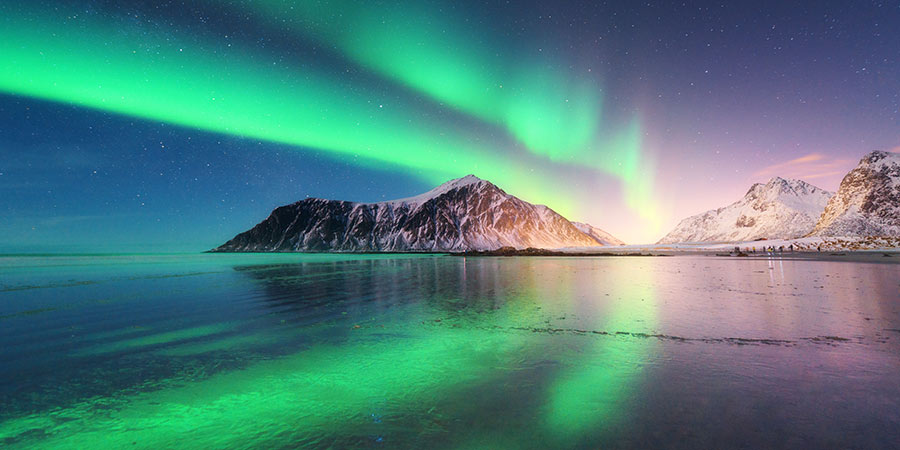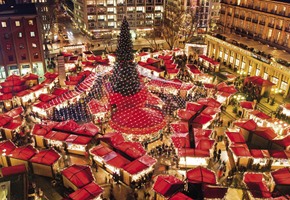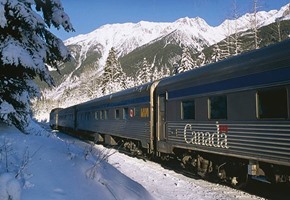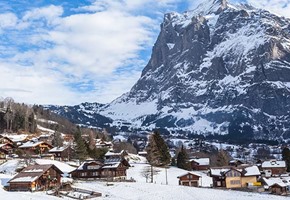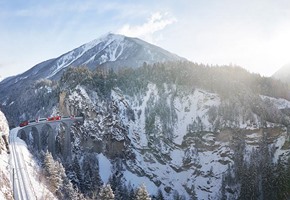Seeing the Northern Lights is a real bucket list event, and it's a once-in-a-lifetime experience that you want to remember. Memories are great, but there's nothing like a few clear photos to look back on and share with friends and family. By nature, the Northern lights are tricky. There are steps you can take to up your chances of seeing them, and when it comes to photographing the lights there are some things you can do to ensure you go home with good, sharp, clear photos of the spectacle.
Get the right position
First of all, be in the right location. You won't see the lights very well, so you won't photograph them well, if you're near artificial lights. The best way to make sure you're in the right place for seeing and photographing the lights is by taking an escorted holiday. This way, you'll be taken to a prime spot. An escorted tour takes you to the Lofoten Isles, which is the best location in the world for seeing the Northern Lights.
Focus
Autofocus is great in most situations, but the Northern lights are unpredictable and you'll need to focus manually to get a good shot. Set your focus to 'infinity' and then you can adjust the focus as you need to when the lights appear. For best results, have a play with the focus in the daytime so you are familiar with it, and use a wide angle lens to capture as much of the sky as possible.
Settings
You'll need a fast aperture to photograph the Northern Lights. Set your aperture to as low as possible, below 4.0 and as low as 2.8 if you can. To get the best shots of the lights your ISO needs to be set to 800 and the exposure to 30 seconds. Have a play around with this as you go, take some shots with these settings and then reduce the exposure to 20 seconds and see what the results are. You can raise the ISO if images appear too dark. It's not an exact science so have fun with it and take lots of shots to find the best combination.
Equipment
A good tripod will keep your camera nice and steady for some great shots and is advisable if you have one. But placing your camera on an even surface will work just as well. Batteries can be a bit of an issue in the cold as they drain faster than they do in warmer conditions. Make sure you have spares and keep them wrapped in warm material, like a jumper, until you need them. Make sure your memory card has lots of storage, or if you're not sure, bring multiples so you'll never run out.

